In this article
There are several common types of heart disease in cats, which are broadly divided into congenital (present from birth) and acquired (develop later in life):
1. **Hypertrophic Cardiomyopathy (HCM):** This is the most common form of heart disease in cats. HCM is characterized by the thickening of the heart muscle, particularly the left ventricle, which can interfere with the heart's ability to pump blood efficiently. In severe cases, HCM can result in heart failure, arterial thromboembolism (a potentially serious condition where a blood clot breaks off and blocks a smaller artery), and sudden death.
2. **Dilated Cardiomyopathy (DCM):** Once a common disease in cats, DCM has become less common due to improved nutrition (namely the addition of taurine to commercial cat food, since deficiency of this amino acid was identified as a main cause). DCM is characterized by the dilation and weakening of the heart's chambers, which leads to decreased ability to pump blood.
3. **Restrictive Cardiomyopathy (RCM):** This type of heart disease involves rigid heart walls that prevent the heart chambers from properly filling with blood. This is less common than HCM or DCM but can still be quite serious.
4. **Congenital Heart Defects:** These are present at birth and can involve many different parts of the heart. Common congenital defects in cats include ventricular septal defect (a hole in the wall between the heart's ventricles) and patent ductus arteriosus (a vessel that normally closes shortly after birth remains open).
5. **Arrhythmias:** These are abnormalities in the rhythm of the heart. They can occur as a primary heart problem or secondary to other heart diseases.
6. **Heartworm Disease:** Although more common in dogs, heartworm disease can also affect cats. It is caused by a parasitic worm that lives in the heart and the pulmonary arteries.
If you suspect your cat may have heart disease, it's crucial to consult with a veterinarian as soon as possible. Symptoms may include rapid breathing, difficulty breathing, fainting, decreased appetite, and lethargy. Diagnostic tests may include blood tests, X-rays, EKGs, and echocardiograms.
1. **Hypertrophic Cardiomyopathy (HCM):** This is the most common form of heart disease in cats. HCM is characterized by the thickening of the heart muscle, particularly the left ventricle, which can interfere with the heart's ability to pump blood efficiently. In severe cases, HCM can result in heart failure, arterial thromboembolism (a potentially serious condition where a blood clot breaks off and blocks a smaller artery), and sudden death.
2. **Dilated Cardiomyopathy (DCM):** Once a common disease in cats, DCM has become less common due to improved nutrition (namely the addition of taurine to commercial cat food, since deficiency of this amino acid was identified as a main cause). DCM is characterized by the dilation and weakening of the heart's chambers, which leads to decreased ability to pump blood.
3. **Restrictive Cardiomyopathy (RCM):** This type of heart disease involves rigid heart walls that prevent the heart chambers from properly filling with blood. This is less common than HCM or DCM but can still be quite serious.
4. **Congenital Heart Defects:** These are present at birth and can involve many different parts of the heart. Common congenital defects in cats include ventricular septal defect (a hole in the wall between the heart's ventricles) and patent ductus arteriosus (a vessel that normally closes shortly after birth remains open).
5. **Arrhythmias:** These are abnormalities in the rhythm of the heart. They can occur as a primary heart problem or secondary to other heart diseases.
6. **Heartworm Disease:** Although more common in dogs, heartworm disease can also affect cats. It is caused by a parasitic worm that lives in the heart and the pulmonary arteries.
If you suspect your cat may have heart disease, it's crucial to consult with a veterinarian as soon as possible. Symptoms may include rapid breathing, difficulty breathing, fainting, decreased appetite, and lethargy. Diagnostic tests may include blood tests, X-rays, EKGs, and echocardiograms.










